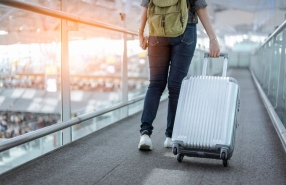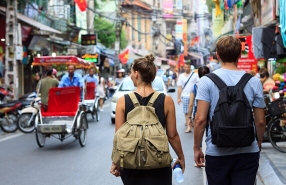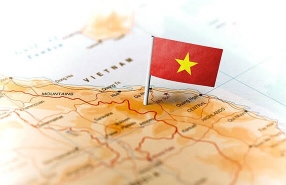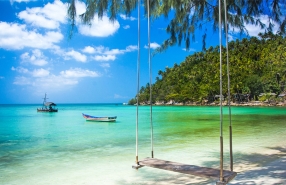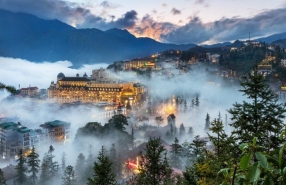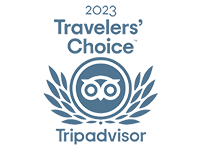Best Time To Visit Dien Bien Vietnam

Located in the far northwest of Vietnam, Dien Bien is more than just the site of the famous 1954 battle. This mountainous province charms visitors with stunning landscapes, terraced rice fields, and a rich ethnic culture. Home to minority groups such as the Thai, H’Mong, and Khmu, Dien Bien offers travelers an authentic glimpse into local life. For international visitors, understanding the climate, seasons, and cultural events is key to making the most of a trip. This guide provides a clear overview of the best time to visit Dien Bien Vietnam, along with practical tips for a smooth and memorable journey.
When is the best time to visit Dien Bien Vietnam?
I. Overview of Dien Bien Vietnam - where history meets nature

Điện Biên is a remote and mountainous province located in the northwest of Vietnam, close to the borders with Laos and China. Best known for the historic Battle of Điện Biên Phủ in 1954, the region attracts visitors not only for its deep cultural and historical significance but also for its spectacular natural landscapes. With vast valleys, terraced rice fields, misty mountains, and ethnic minority villages - especially Thai, H’Mông, and Dao - Điện Biên offers an authentic and less-touristed travel experience.
The provincial capital, Điện Biên Phủ, lies in the heart of the Muong Thanh Valley, one of Vietnam’s largest and most fertile valleys. Travelers can explore important war sites such as the A1 Hill, Dien Bien Phu Museum, and General de Castries’ bunker, while also immersing themselves in the peaceful countryside. Điện Biên is ideal for those who love history, nature, and off-the-beaten-path destinations.
II. The Điện Biên Weather
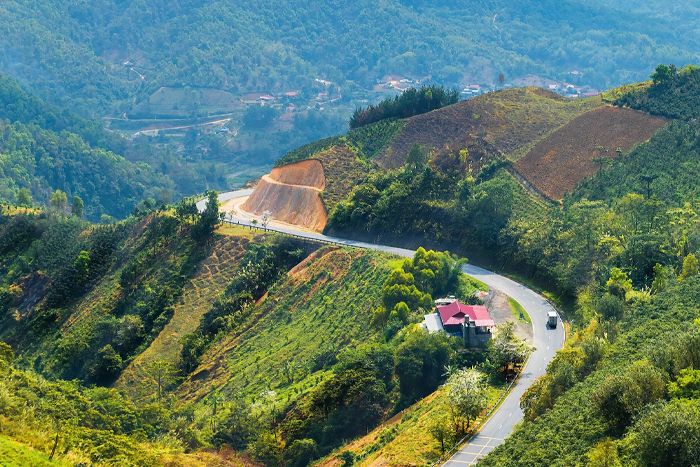
When to go to Dien Bien Vietnam? Điện Biên has a tropical monsoon climate with clear seasonal changes influenced by its mountainous terrain. The weather varies significantly throughout the year, affecting visibility, rice field colors, and travel conditions. Understanding these seasonal patterns will help you choose the best time to explore the region.
Dry season: October to April, with mild temperatures and little rain.
Rainy season: May to September, with heavy rainfall and sometimes slippery roads.
| Seasonal Overview | ||
Season | Temperature / Weather | Advantages / Disadvantages |
Winter (Dec–Feb) | 10–20°C (50–68°F), clear skies, low rain |
|
Spring (Mar–May) | 20–27°C (68–81°F), moderate rainfall |
|
Summer (Jun–Aug) | 25–30°C (77–86°F), heavy rain, humid |
|
Autumn (Sep–Nov) | 22–27°C (72–81°F), light rain |
|
II. Best time to visit Dien Bien Vietnam
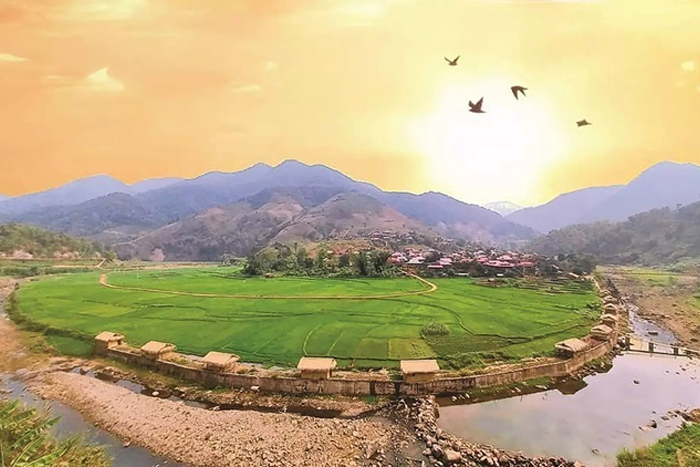
1. Autumn: September to November
When is the best time to visit Dien Bien? Autumn is often considered the best time to explore Dien Bien. The monsoon rains subside, temperatures remain comfortable (around 22°C/72°F), and the rice fields turn golden, ready for harvest. This season is ideal for trekking, exploring the Muong Thanh Valley, and enjoying the scenic mountain landscapes.
Autumn also brings local cultural events and traditional markets in ethnic villages, adding a cultural dimension to the trip.
2. Spring: March to April
Spring is another excellent option. By late March, the region is adorned with white bauhinia blossoms, creating a stunning backdrop for photography and outdoor activities. Rainfall is still minimal, making roads and trails safe for travel.
This season is perfect for travelers who want to combine nature exploration and cultural immersion, as local communities may also hold small traditional festivals.
3. Early May: Historical commemoration
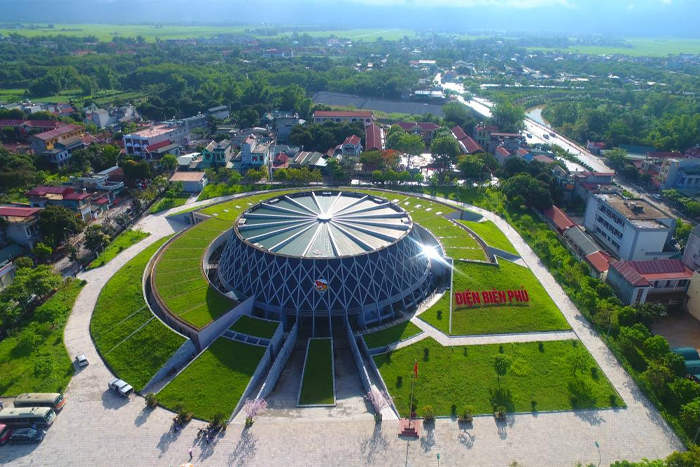
For history enthusiasts, early May is unique - best time to visit Dien Bien, as it marks the Dien Bien Phu Victory Anniversary (May 7, 1954). The event draws locals and some foreign visitors with official ceremonies, concerts, and cultural activities at the A1 Military Cemetery and throughout the city.
However, early May is also considered a high tourist season, with higher hotel prices and busier attractions.
4. Cultural events you should know
Apart from the May commemoration, Dien Bien hosts several local festivals:
White Bauhinia Flower Festival: March 15–17, ethnic villages celebrate the blooming of bauhinia flowers with artisan markets and cultural performances.
Tết (Lunar New Year): January–February, a major national holiday when many Vietnamese travel home, potentially affecting hotel availability and transportation.
Mid-Autumn & Harvest Festivals: September, some villages hold traditional celebrations around rice harvests.
These events provide a chance to experience local culture but may influence accommodation availability and crowd levels.
IV. Practical tips for travelers
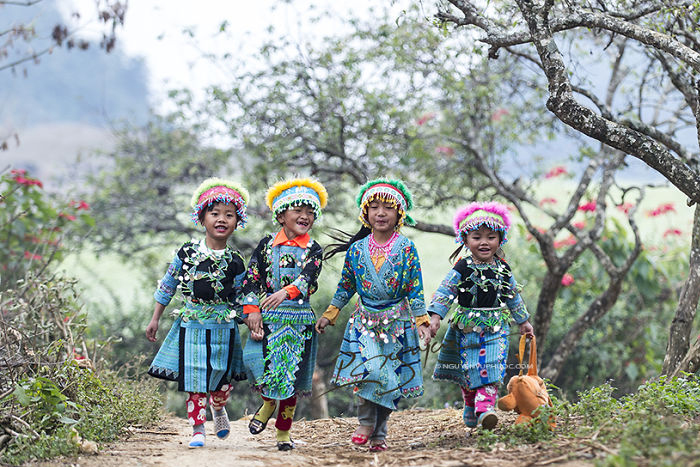
1. Clothing and gear
Dry season (Dec–Mar): Warm clothing for chilly nights.
Spring & Autumn: Light clothing with a rain jacket for occasional showers.
Summer (May–Aug): Raincoat or poncho, waterproof shoes, mosquito repellent.
Essentials: Hat, sunglasses, sunscreen, comfortable hiking shoes.
2. Transportation
Air travel: Fastest option, with daily flights from Hanoi to Dien Bien Phu (~1.5 hours).
Overnight bus: Affordable, 11–13 hours from Hanoi, with sleeper buses.
Car or motorbike: For adventurous travelers, roads via Moc Chau and Hoa Binh take ~10–12 hours.
3. Getting around Dien Bien
City center: Easy to explore on foot or by bicycle.
Nearby attractions: Taxis or motorbike taxis (“xe om”) recommended.
Scooter rental: Limited availability, 3–8 USD/day.
4. Accommodation
High-quality hotels: Muong Thanh Dien Bien (4★, $48–$80 per night).
Budget hotels: Ruby, A1, Phuong Nam ($15–$45 per night).
Homestays: For an authentic experience in ethnic villages.
Tip: Book in advance during high season or special events.
For planning a trip to Dien Bien Phu, the best time to visit Dien Bien Vietnam is typically autumn (September–November) or spring (March–April). These periods offer stable weather, spectacular scenery, and ideal conditions for trekking, hiking, and cultural exploration. For history lovers, early May is special due to the Dien Bien Phu Victory Anniversary, but expect more tourists and higher prices. Avoid summer months (June–August) due to heavy rains and potential travel hazards. By carefully selecting your travel dates, packing appropriately, and planning transportation and accommodation, you can enjoy the full experience of Dien Bien Phu - a destination that combines history, culture, and nature in the northwest of Vietnam.
Autour Asia - Vietnam tour agency - hope the information in this article will be useful for planning your trip to Dien Bien, Vietnam. Choosing the right time to visit- ideally during the dry season from November to April will allow you to fully enjoy the valleys, terraced rice fields, and ethnic villages. Whether exploring the history of Dien Bien Phu or immersing yourself in local culture, proper planning will make your trip smooth, enjoyable, and memorable. Dien Bien is truly a destination for those who love adventure and want to experience the unique culture of Northwest Vietnam.
- Dien Bien 5-day travel itinerary
- Dien Bien Travel Guide
- Northern Vietnam itinerary 2 weeks
- North Vietnam Tours
Preparing for a trip to Dien Bien requires some planning to ensure a comfortable and enjoyable experience. Check the weather and best season to visit- ideally the dry season from November to April. Pack layers of clothing for cool mornings and evenings, comfortable walking or trekking shoes, and rain gear if traveling during the rainy season. Bring sunscreen, insect repellent, and a hat for outdoor activities. If you plan to explore ethnic villages or remote areas, consider hiring a local guide or arranging a homestay for an authentic cultural experience. Finally, plan your transportation in advance, whether by plane, bus, or car, as Dien Bien is a remote region with limited options.
The ideal duration for a trip to Dien Bien depends on your interests, but most travelers spend 2 to 3 days in the region. This allows enough time to explore the Dien Bien Phu battlefield, visit key historical sites like A1 Hill and the Dien Bien Phu Museum, and experience the Muong Thanh Valley and surrounding mountains. You can also visit ethnic minority villages to learn about local culture and traditions. For those who enjoy trekking or want a more immersive experience with homestays and festivals, 4 to 5 days is recommended.
What are the must-see attractions in Dien Bien? Dien Bien offers a mix of history, culture, and natural beauty for travelers. You can explore the Dien Bien Phu battlefield, visit historical sites like A1 Hill, and see relics at the Dien Bien Phu Museum. Nature lovers can trek through the Muong Thanh Valley, admire terraced rice fields, and experience the lush landscapes of the surrounding mountains. Visiting ethnic minority villages, such as those of the Thai, H’Mong, and Khmu, provides insight into local traditions, crafts, and cuisine. For a deeper cultural experience, consider staying in a homestay, joining local festivals, or sampling regional specialties like thang co and sticky rice.
Related travel guide
Other similar articles
CUSTOMIZABLE BY LOCAL EXPERTS
Personalized trip at the original price!
REFUND GUARANTEE
We believe in our work and promise to give you money back.
GOOD PRICE / QUALITY
95% satisfied more than expected!
24/7 LOCAL SUPPORT
We are always available online to provide assistance at any time.
Most read articles
Autour Asia is highly recommended on
Embracing the mission of "Satisfied more than expected" and providing authentic experiences, we have received numerous recommendations on reputable travel forums:












